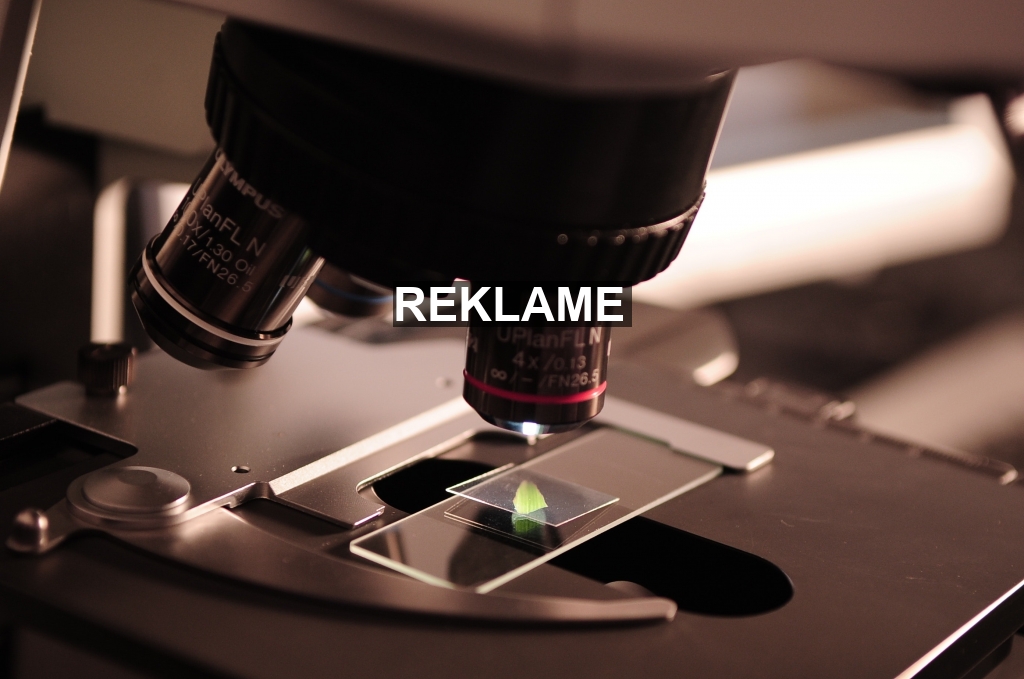What is metallography? The study of the microstructures of metals is known as metallography. Metallographic examination provides valuable insight into the composition and thermomechanical properties of a metal or alloy.
There are various stages in specimen preparation, including the process of hot mounting. Cold mounting is the other variation, to be used depending on the type of specimen investigated. For example, cold mounting is ideal when the specimen is at greater risk of heat damage. Overall, hot mounting tends to be the faster and financially ideal option. Due to the heat and pressure combination, hot mounted specimens have greater hardness than cold mounted ones.
Mounting is best used when the specimen is small and can benefit from being contained in a uniform shape for easier handling. If this is not the case, mounting may be unnecessary. Prior to the mounting process, the specimen should be cleaned with acetone.
In the process of hot mounting, a resin is heated and cooled, with the addition of pressure. The temperature is raised to around 180 to 200 degrees Celsius and 50kN, or less, of pressure is applied. Thermosetting and thermoplastic resins are available, wherein the latter can be easily remoulded. Thermoplastic resins melt when re-heated, but thermosetting resins cure at a high temperature and pressure combination.
Some issues may arise during the process, such as poor edge retention: resulting in space between the resin and specimen.
Can hot mounting be used on fragile specimens?
It is possible to use hot mounting on more fragile specimens as well, in the instance they cannot handle high pressure. A supporting structure can be added to shield the specimen in the moulding cavity. In cases of extreme sensitivity, cold mounting can be used as an alternative, with the options of epoxy or acrylic systems.

